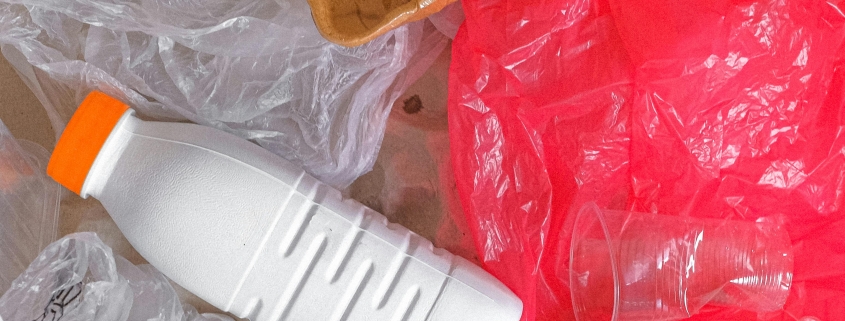Plastic’s everywhere – so how do we stop it contaminating samples?
Microplastics researchers need to think about everything from the jackets they wear in the field and their sampling containers to laboratory washing up methods to avoid contamination, according to a visiting biology professor who runs a plastics testing laboratory in the United States.
Dr Brian Walker, from Fairfield University in Fairfield Connecticut, told a recent workshop at The University of Western Australia’s Indian Ocean Marine Research Centre there had been a big growth in microplastics studies since 2010 as concerns mounted about the vast volume of plastics breaking up and being eaten by land and marine life.
“There is evidence these plastics are now affecting human health,” Dr Walker said.
“They can also be a vessel for bringing organisms such as viruses and neurotoxins into the body.”
The workshop was organised by Dr Belinda Cannell, from UWA’s Oceans Institute. UWA is one of the Western Australian Marine Science Institution’s partner organisations.
Dr Walker, who has worked for more than 20 years with penguins in Argentina, told the group he had developed some best practices for fieldwork and laboratory analysis to help ensure the highest standards for microplastics research. He said avoiding sample contamination involved scrutiny of every part of the process from the field to laboratory.
“When I have worked with collected penguin excrement, I try to get it as fresh as possible so it’s less likely to pick up micro or nano plastics in the environment although this isn’t always possible,” he said.
Dr Cannell, who is investigating microplastics in little penguins in Western Australia, said the seabirds’ nests can create challenges.
“Little penguins do not nest on the surface, so we don’t usually get to see a penguin defecating, so we scrape the samples from the ground,” Dr Cannell said.
Both researchers take care to avoid contamination by wearing cotton, rather than latex, gloves and retrieving samples with metal, not plastic, tools.
Dr Walker advises researchers to wear clothes made of natural fibres as much as possible because fabrics such as Polarfleece, which is widely used in cold climate garments, often shed synthetic fibres.
“When it’s raining, cotton is not an option so after one field trip where I wore a raincoat, I removed some of its fibres for testing to check they hadn’t got into the samples from the field,” he said.
“Back in my laboratory we hand wash glass sample jars with double filtered water and don’t use the dishwasher because of the plastic hoses.”
“The jars are always covered with foil rather than plastic and we even check to make sure there is no film on the foil.
“I can’t stress enough the importance of stopping contamination.”
Dr Walker said a new infrared microscope, he’d bought with the help of a grant, would speed up and improve the laboratory’s process for identifying microplastics on filters.

